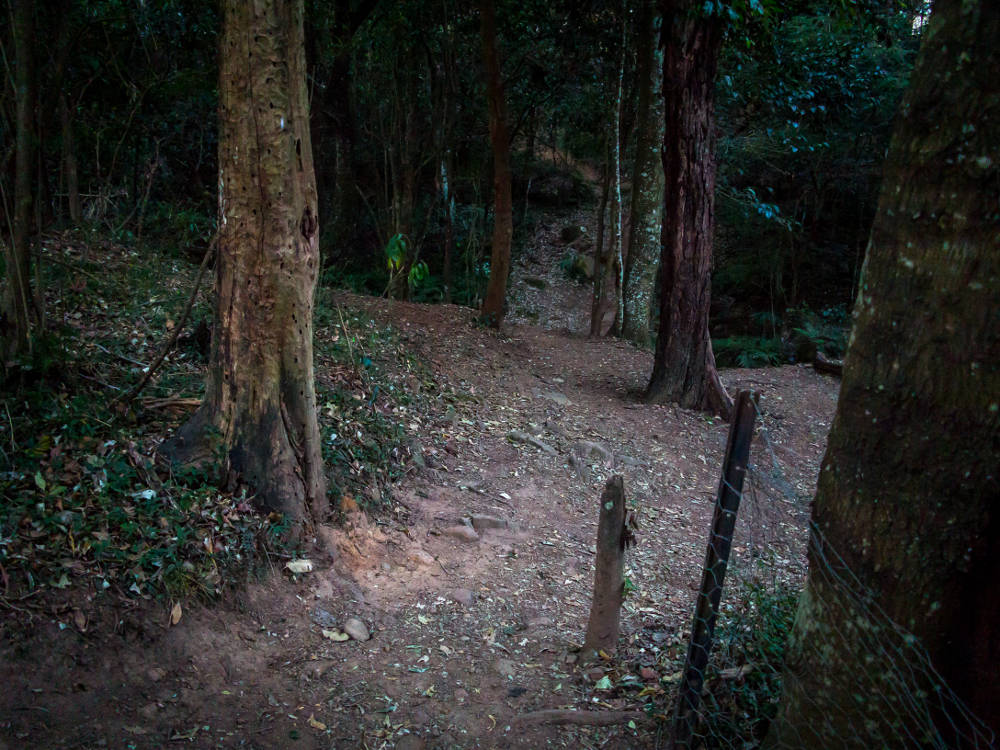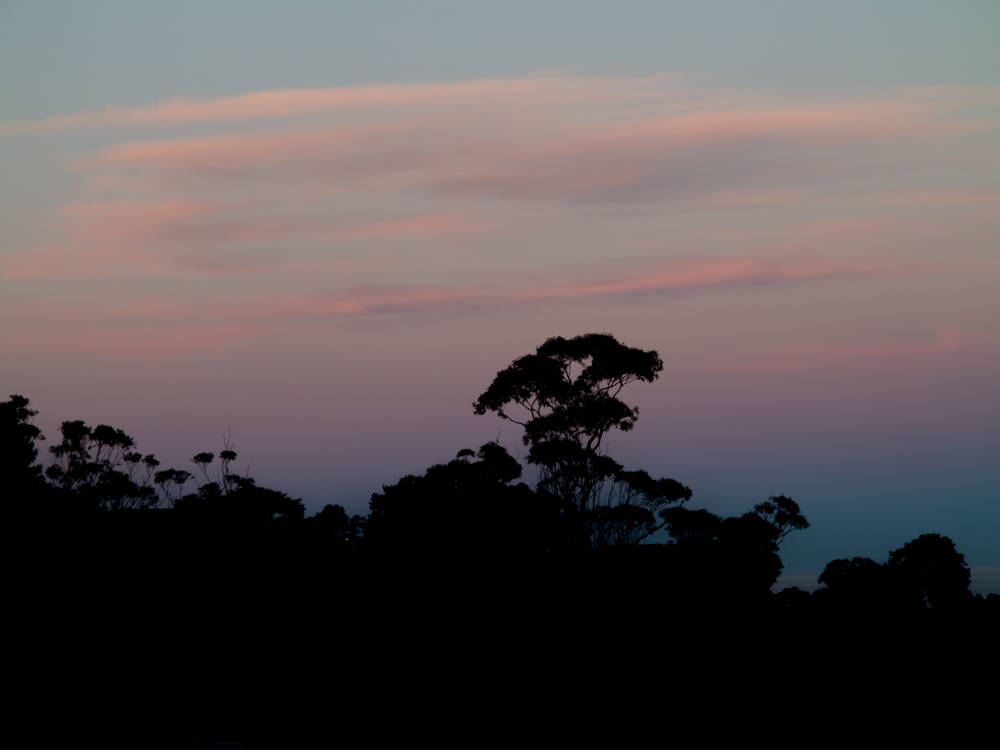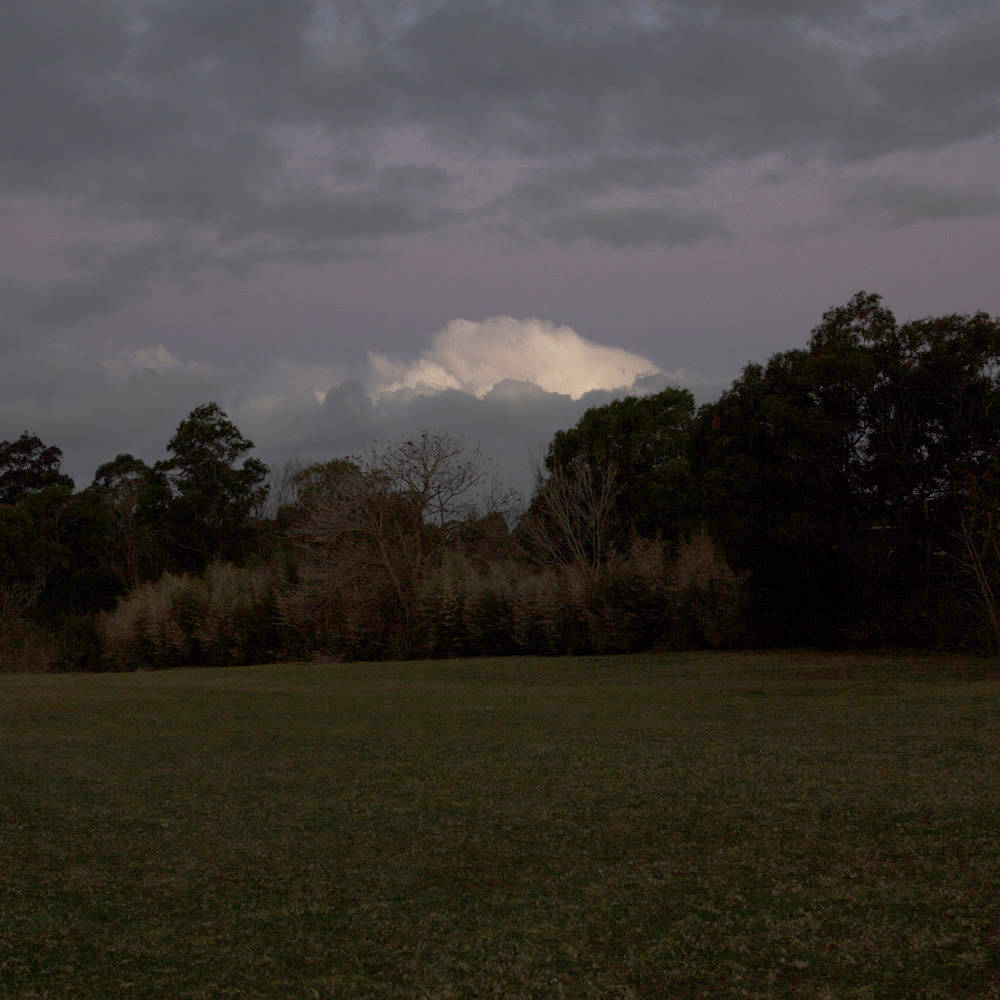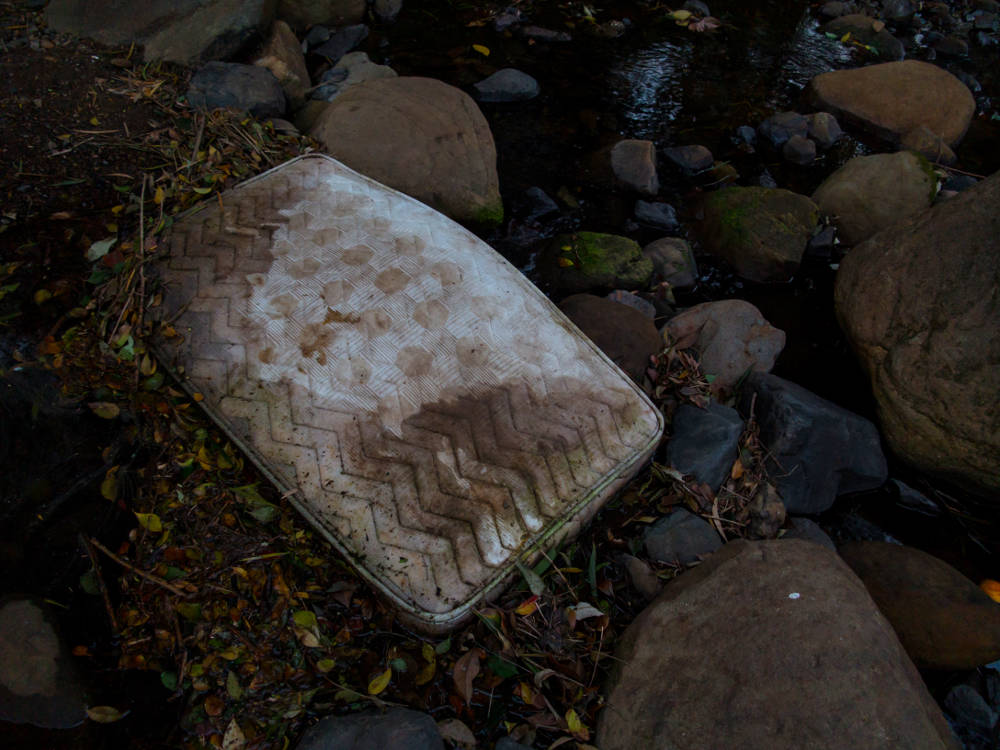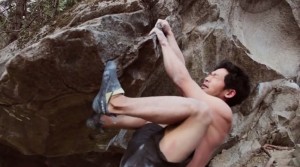Some rapidly sketched distinctions between computer programming code and the coded systems of conceptualism. None of this will make much sense without reading some of the earlier posts below.
Expressive rigidity/flexibility: I guess one could object that any use of language involves an adherence to a set of rules. It is not possible to communicate and at the same time totally undermine all linguistic rules. So where does the difference lie? There is clearly no absolute line. It is a matter of emphasis. Natural languages would appear less rigid, more open to novel utterances – they are less based on the capacity to precisely anticipate the nature of anything that is said.
Technical level of assessment (interpreting/compiling) – incomplete programs are possible in natural language (ones that could never be run). “Draw a straight line and follow it” (La Monte Young) would constitute something like an infinite loop in code; possible to write, even to compile, but the running causes a collapse.
Neat distinction between program and running, conceptual system and performative instance. Evident, for instance, in the wall drawing of Sol Lewitt. Nonetheless, what is perhaps most interesting about coding is the relation it opens up to the non-conceptual dimension of any aesthetic process. Even though it would appear that the emphasis is on the dimension of conceptual abstraction, this only gains any traction in its relation to the mysterious, invisible field of operation, of running. What coding accomplishes is to put this dimension at a distance and in doing so enable it to be comprehended differently. Dimensions of process can’t simply be absorbed into some nostalgic sense of creative intimacy. Process becomes evident, instead, in its alien character – as that which is both determined and indeterminable, as that which functions out of view. The paradox then is that in pushing the conceptualist division between concept and process, in rendering it in extremis, coding processes actually enable a new appreciation of the non-conceptual, machinic aspects of process. These turn out to be aesthetically vital.
Closed and open systems: particularly the closure of the desktop interface or even of the computational paradigm generally. All these efforts to render computing physical and locative actually do the opposite. What they fail to do in every instance is to countenance the collapse of systems – the very risk that conceptualism embraces.
The event – which is not simply an instanciation of any given determinable system, but rather conveys the incompleteness of systemic determination; a play of forces that are excessive and irreducible. Any conceptual system just provides a summoning of the event (or situation) – a point of access rather than an abstract origin. Hence these systems tend less to grow in complexity, in some effort to extend and resolve a universe, than to be subject to endless subtraction and adaptation. There is no need for their fully realised elaboration because the rules have limited sway. They describe not a universe but an opening. They are provisional and uncertain. They can neither guarantee an opening nor come even close to dominating and exhausting an event.

